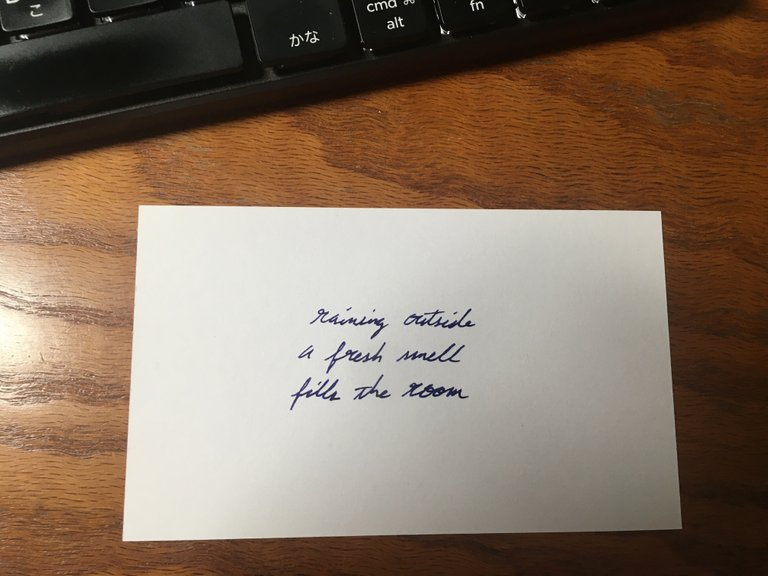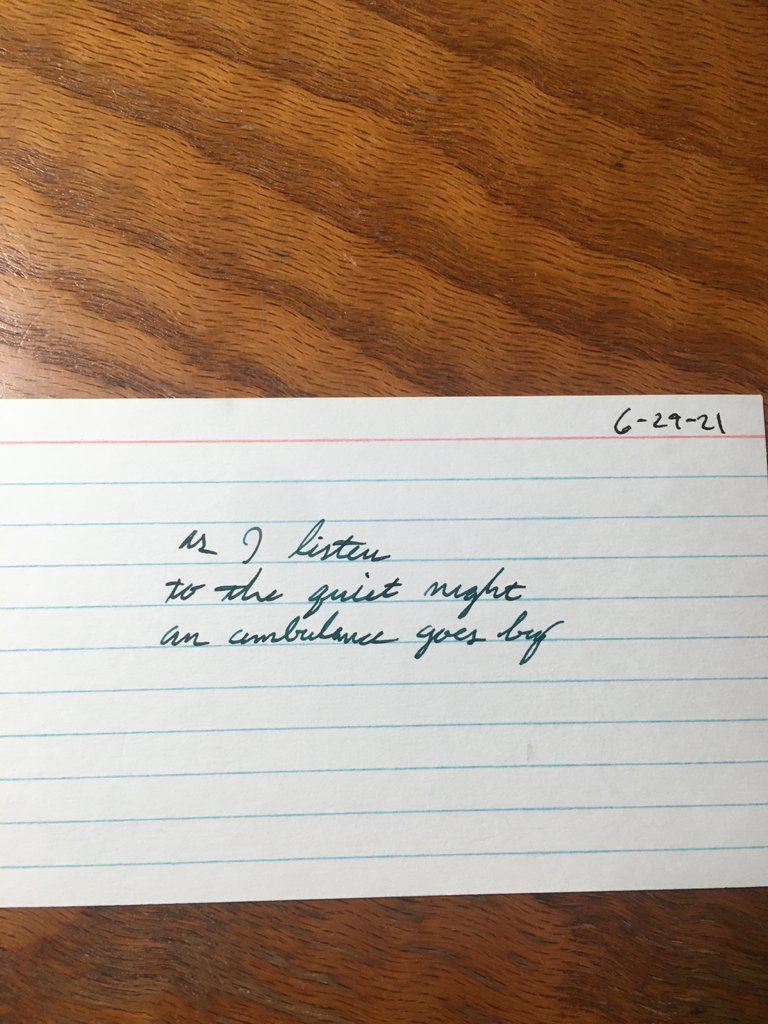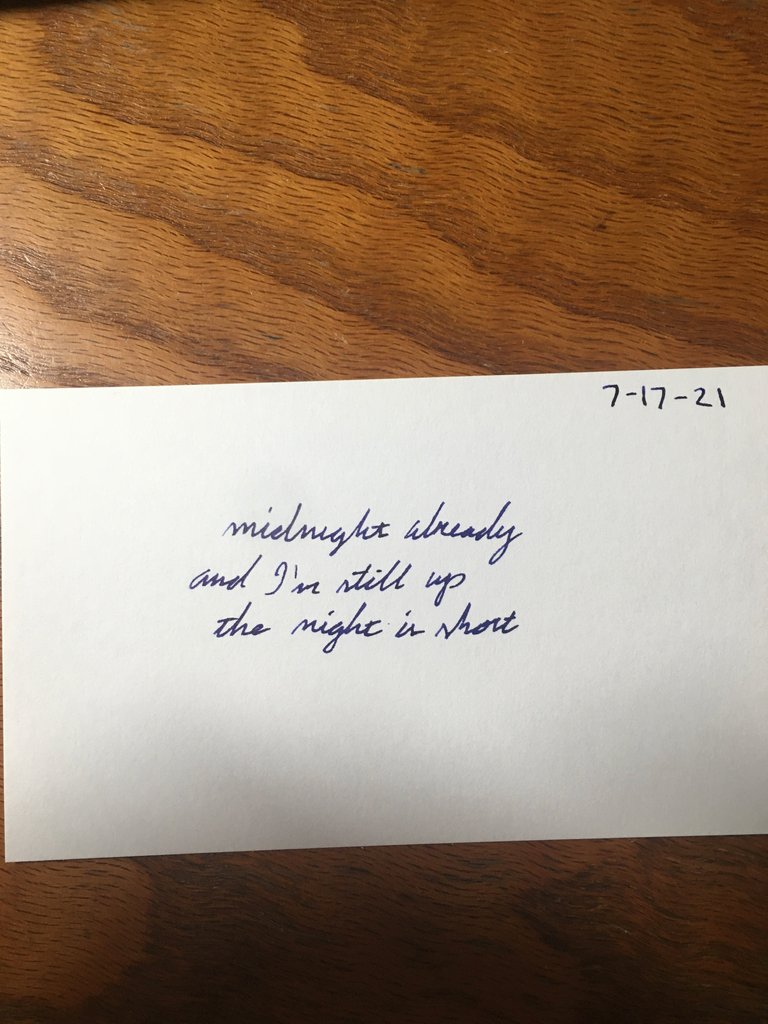Sublime Sunday ~ Fun with Haiku
For today's Sublime Sunday, I thought we might look at some of the haiku I've written the past few days.
I try to write at least one haiku every day, usually at night after the kids have gone asleep and I finally have some peaceful time. Usually I write in English. If it's a haiku I especially like I may write a Japanese version.
I usually find myself following Bashō's instruction to only write about that which you are experiencing right now. So, since I usually write at night my haiku often have an evening theme related to what I can observe from my office.
I am greatly inspired in this practice by Issa.
Kobayashi Issa (小林 一茶), who lived from 1763 to 1828 is considered one of the four great haiku masters of Japan. During his life, he wrote an incredible 20,000 haiku. I'm not sure offhand when exactly he wrote his first haiku, but it would have been after he was 15, when his wicked stepmother sent him off to Edo. So let's say he started writing at 15 until he died at age 64. That's 49 years of writing. That makes roughly 410 haiku per year. At least one per day. Probably more, as that 20,000 number is on the low end, and most sources only claim "more than 20,000"
Many scholars admit that a lot of his haiku really aren't very good, and many others are only average, but some are brilliant. And when we are talking over 20000, that some comes out to be a large number, enough to secure his place as one of the greats.
I have no ambition so great. But I like the idea of always writing, and maybe in the process unearthing a few gems.
Anyway, here are a couple of mine from the past few nights.
(Btw, I do not follow the English "rule" of 17 syllables in a 5/7/5 arrangement. If we were to copy the Japanese format, we would use something closer to 3/5/3 in English, but even so... I prefer the freeform style of haiku of Santōka. I have an essay on this topic that I'll reprint here sometime)

Who indeed.
I like to use notecards, A pack of 100 or 50 is ¥100 at the local Daiso and they are fair quality.
Traditionally haiku would be written on strips of paper not entirely dissimilar to notecards.

Observation is at the heart of haiku.

Living as I do near a hospital, or at least near a major road that leads to a hospital, this is not an uncommon occurance.

I have to confess, I started with the last line. In Japanese it is a common theme for summer, with several kigo commonly used, among them a few that come to mind offhand are: mijika yo (短夜, short night), yo no tsumaru (夜のつまる, night getting shorter), and ake isogu (明急ぐ, dawn comes quickly).
Anyway, that is that. Hope all of you had a good sunday yesterday!
❦
 | David LaSpina is an American photographer and translator lost in Japan, trying to capture the beauty of this country one photo at a time and searching for the perfect haiku. |